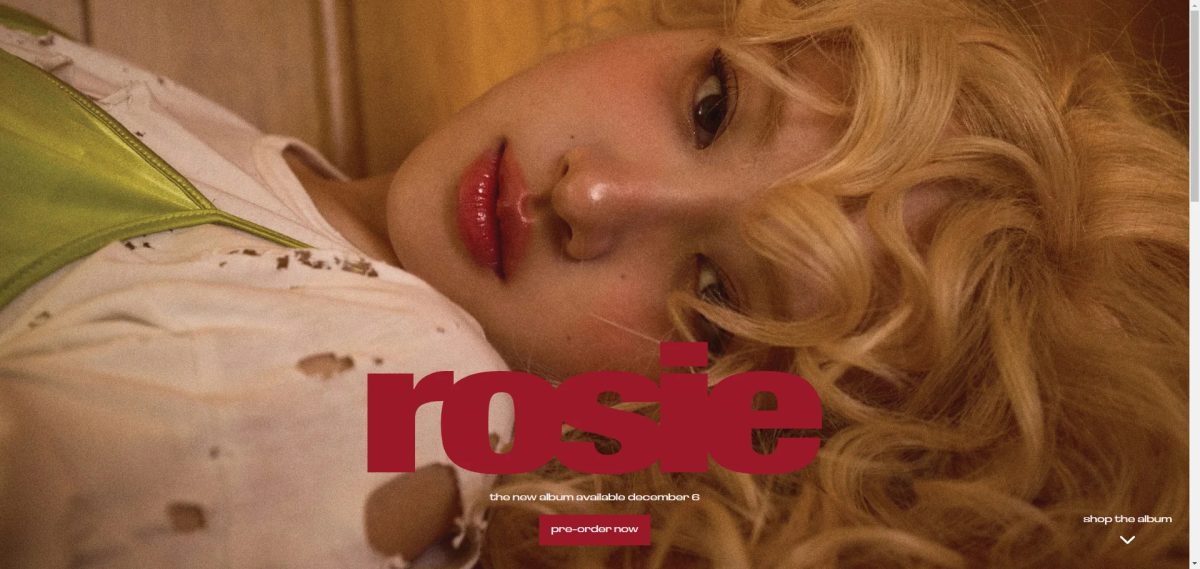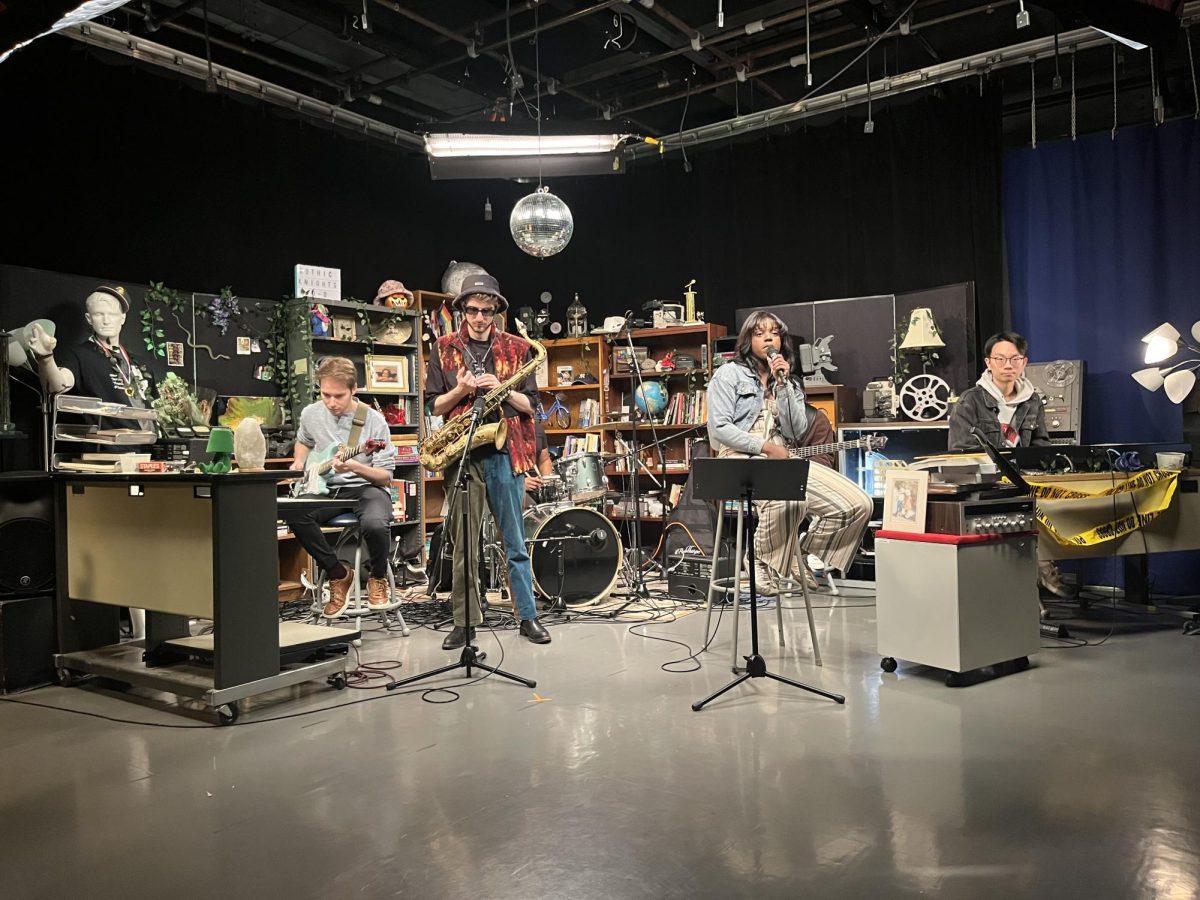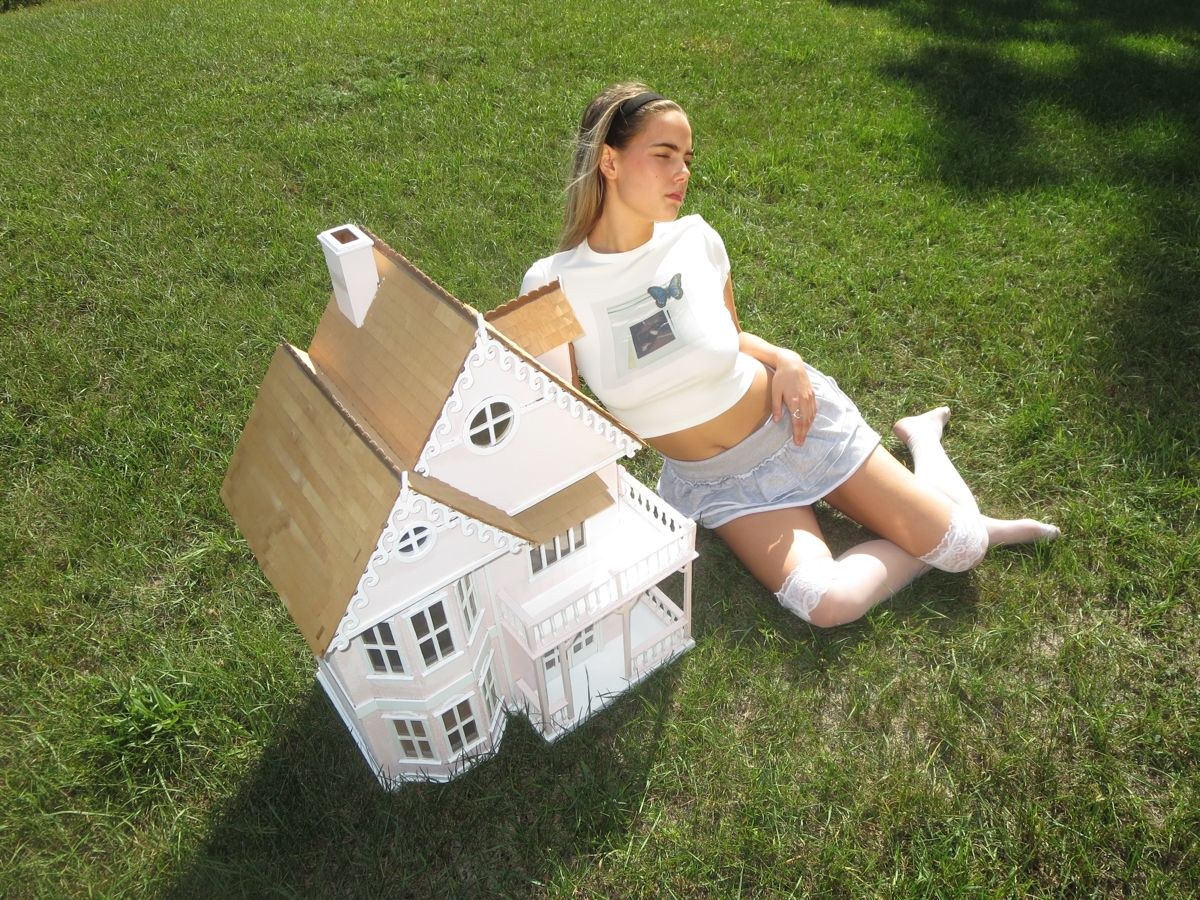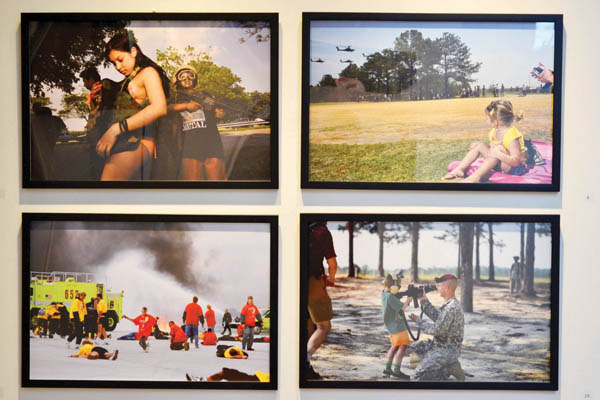
By Hannah Botjer—
The war in the Middle East is a very sensitive subject for many Americans. In the “home.front” photography exhibition, artists Jennifer Karady, Suzanne Opton, Nina Berman, and Ashley Gilbertson touch upon how soldiers felt about the war, the intimacy of what they have gone through, and the delicate subject of the fallen. This exhibition is part of the SPE Mid- Atlantic Conference.
Artist Jennifer Karady created a series of narrative photographs to depict soldiers’ individual stories and address their difficulties adjusting to civilian life. Each photograph portrays veterans in a civilian scene with the soldier in his uniform, exposing the difficulties that he faced over seas and how it affected him coming back home.
Artist Suzanna Opton worked on a series of intimate photographs in which the viewer can only see the soldier’s face. The looks of their faces are unforgettable; one can see that in each of their eyes these soldiers have seen unfathomable things. Considering the notion of masculinity of the military each photograph has a feminine intimacy as though the images are from a mother’s point of view, Opton describes in her statement.
“My intention was to take a serious look at the face of active duty American soldiers and consider the impact of war in their lives,” explained Opton.
One of the images, Pry- 210 Days in Afghanistan, depicts a soldier with his eyes closed. This photograph is powerful in the way it impacts the viewer; it’s as though this particular soldier has seen so much he can’t even open his eyes to show the pain in them.
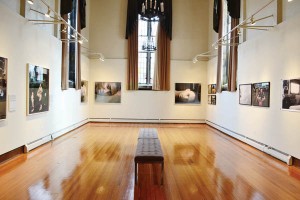
Artist Nina Berman uses her pictures to represent the war and how it affects Americans. Her photographs depict everyday life that has now been altered by the war. The work, Terrorists Attack Midway Airport, Chicago Illinois, shows how the horrors are not only overseas but also back home in America.
Artist Ashley Gilbertson heavily relies on perspective in her photos to force the viewer to not only look at the soldier’s bedrooms, but also their personal belongings. This perspective attributes more than just a death toll to those who have fallen.
“The purpose of this project is to honor those fallen not simply as soldiers, marines, airmen, and seamen, but as sons, daughters, sisters, and brothers; and to remind us that before they fought, they lived and they spelt, just like us, at home,” explained Gilbertson.
“home.front” is curated by Deborah Jack; Harold B. Lemmerman Gallery at Hepburn Hall; showing through December 13.





